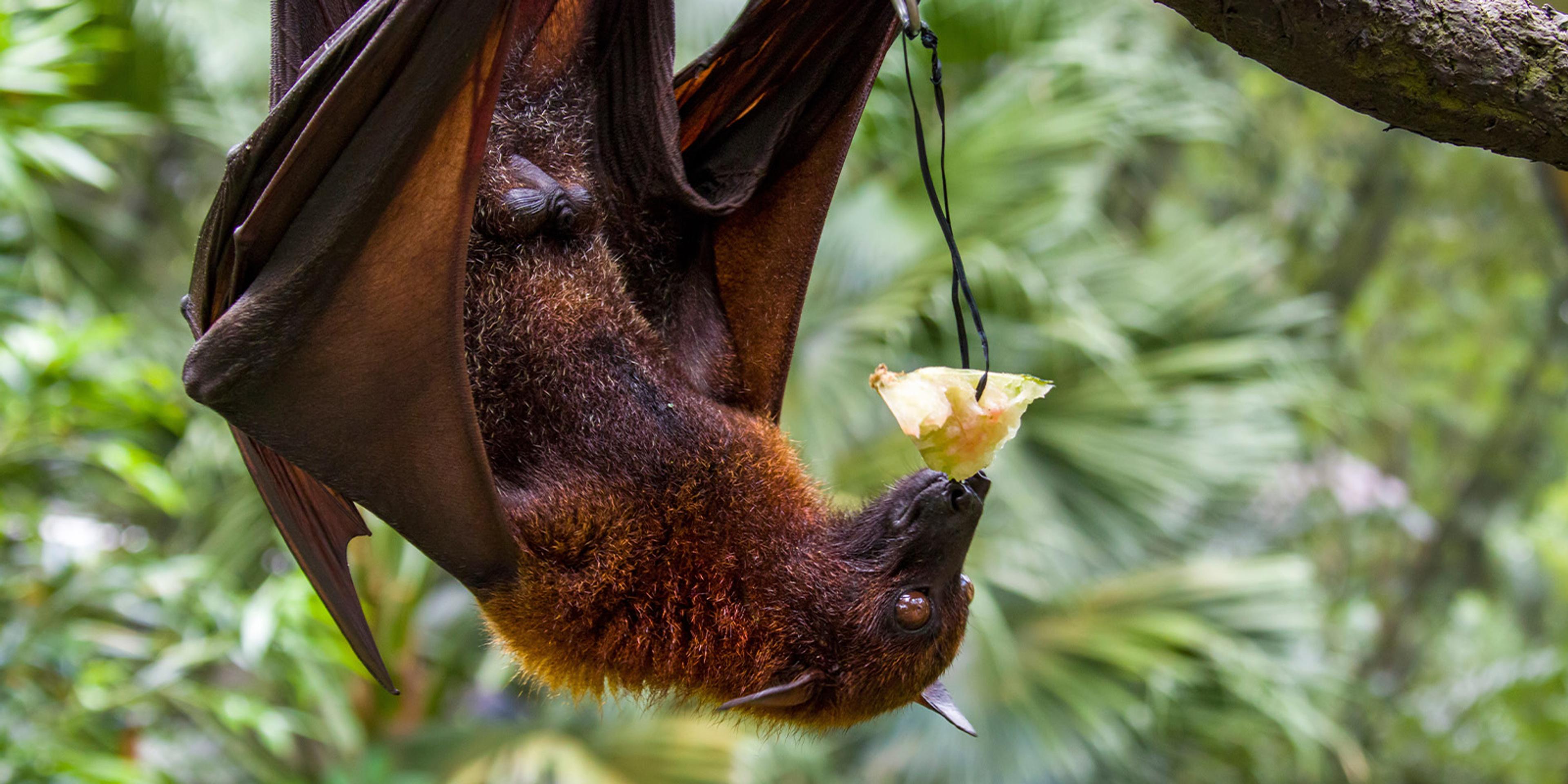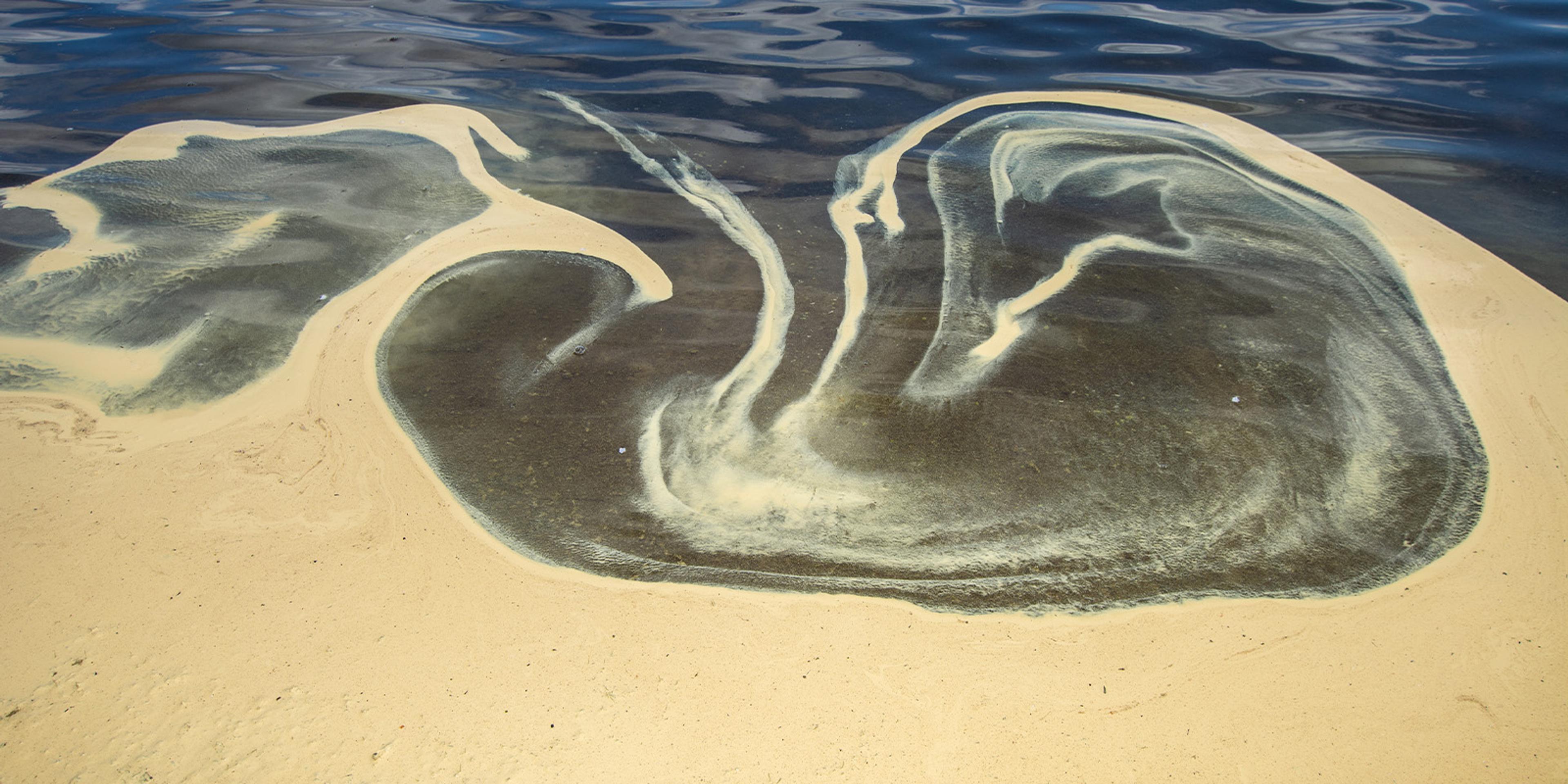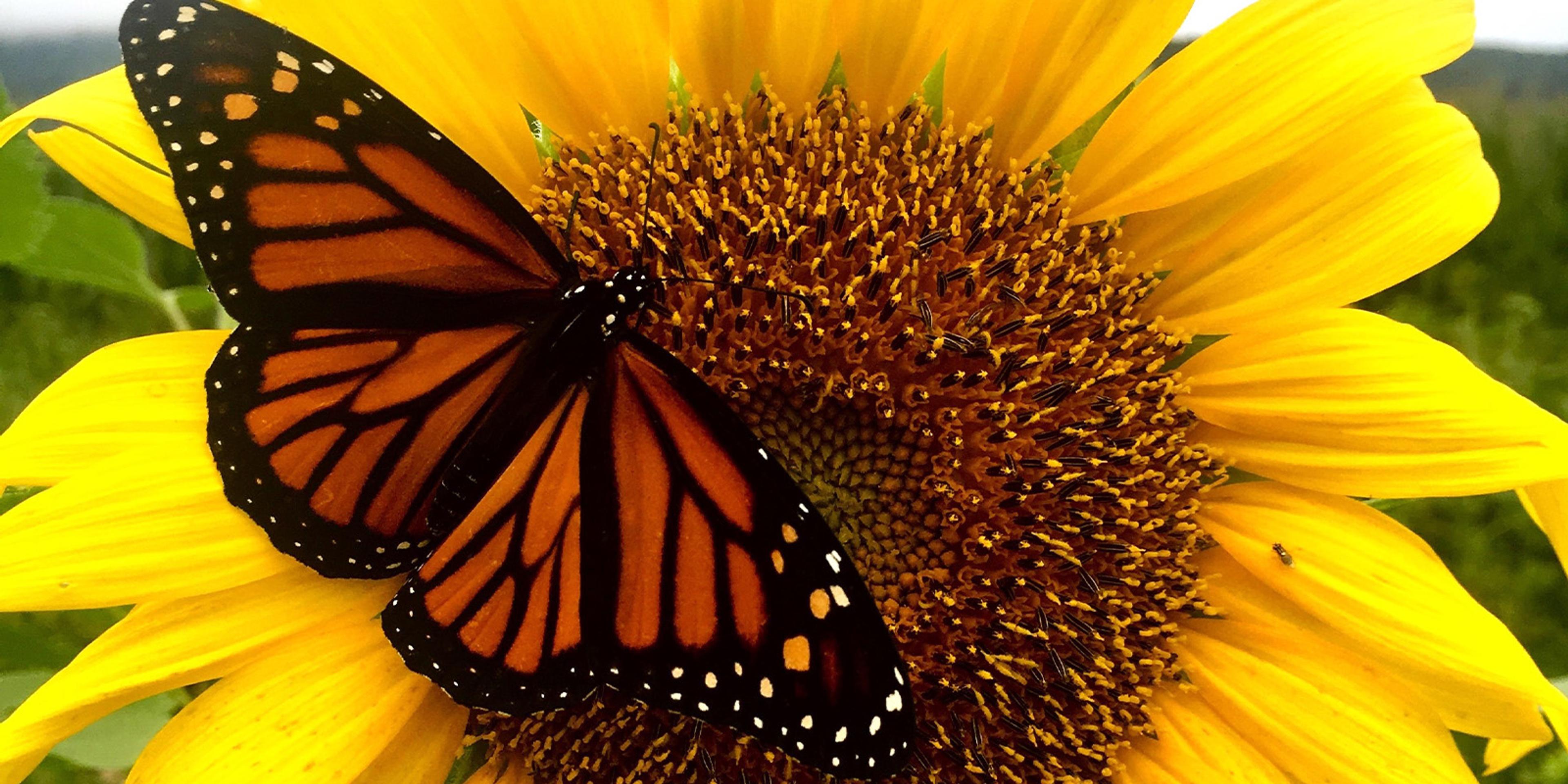
Organic
Pollinators With Impact: These ‘Pests’ May Surprise You
Mice and butterflies have more in common than you may think.
Wait. What?
Bees and butterflies get a lot of credit for pollinating plants, and they deserve it — bees are responsible for most of the pollination on the planet. But there are what some would consider less-desirable creatures that do the same thing without accolades. The insects do the heavy lifting, but some mammals, birds and reptiles are important too. Oh, let’s not forget that pollen also catches a ride on wind and water.
What Is Pollination in Simple Terms?
Pollination occurs when pollen is transferred from flower to flower or is moved within a flower. The plant uses the pollen to produce a seed or fruit. Many plants cannot reproduce without pollen being delivered by a pollinator.
Some plants are self-pollinating, but the majority need cross-pollination. That’s where birds, bees, bats, butterflies, moths, wasps, beetles, spiders, mammals, water and the wind come in. They are responsible for carrying pollen, a yellow dust that bears a plant’s male sex cells and affords reproduction.
What Small Mammals are Pollinators?
Can you believe rats and other rodents play a role in pollination?
Don’t underestimate bat power! Bats are important pollinators in tropical and desert climates across the globe, including closer to home in New Mexico, Texas, California and Arizona. When nectar-loving bats stick their snouts and tongues in flowers, they get pollen on their bodies. When they fly to the next plant, they transfer the pollen and voila, we have pollination. There are more than 500 plants that depend on bats for pollination.
Some rats, mice, shrews and gerbils also feed on nectar. While filling their bellies, their heads also get dusted in pollen, which can be transferred from plant to plant. Honey possums in Australia have a pointed snout that is dusted with pollen when they go after nectar, too. Lemurs in Madagascar collect pollen on their fur and muzzle, in turn transporting it to the next flower.

Malayan flying fox (Pteropus vampyrus)
What Other Creatures are Pollinators?
Slugs, which are not insects but mollusks, also serve as pollinators. Some lizards, geckos and skinks are pollinators, too. Humans can be artificial pollinators by dabbing a cotton swab in a plant’s pollen and transferring it to other plants or removing petals from male flowers and brushing it into female flowers — but hand pollination is a story for another day.
Bring on the Birds for Pollination
Ornithophily is the act of flower pollination by birds — and about 2,000 bird species are sure good at carrying that pollen from plant to plant! Hummingbirds are among the key wildflower pollinators.
Climate change, habitat loss and invasive species are a threat to the magical birds, and you can help hummingbirds in your area by planting native nectar plants. The USDA and Forest Service have online guides with more tips to supporting hummingbirds in your region.
What About the Wind and Water?
Water-aided pollination occurs in waterweeds and pondweeds when pollen floats on the water’s surface and drifts until it contacts flowers. However, most aquatic plants are insect-pollinated, with flowers that emerge from the water into the air.
Most conifers and about 12% of the world’s flowering plants are wind-pollinated. Grasses, many trees, ragweeds and other plants are pollinated by the wind. These plants release billions of pollen grains into the air (which makes for unpleasant congestion for those with “hay fever”). The pollen catches a ride on the wind, with some pollen landing on other plants, fostering pollination.

Pollen creates a pattern on pondwater.
What Crops are Pollinated by Animals and Insects?
Of the more than 1,400 crop plants grown around the world — those that produce all of our food and plant-based industrial products — almost 80% require pollination by animals and insects, according to the U.S. Forest Service.
Pollinators, from bats to bugs, are necessary in farming, and Organic Valley farms are often a fitting place for them to flourish.
Organic Valley farmer Andrew Ranck and his family plant mixed-species cover crops to include flowering varieties for fall and spring pollinators on their Pennsylvania farm. This creates biodiversity and benefits beyond pollinators.
They plant sunflowers and buckwheat for the fall pollinators and crimson clover for the spring pollinators. They also planted flowering black locust trees in their pasture to shade the cows and provide flowers for pollinators.

Organic Valley farmer Andrew Ranck shared this photo from his family farm in Pennsylvania.
Farming Practices and the Impact on Pollinators
Organic farming practices can be more conducive to pollinators than other practices. Our small family farms are USDA certified organic. That means we embrace plant and animal life and never use toxic pesticides.
Pasture can have many benefits to pollinators — and we at Organic Valley are not afraid to boast about how grand our pastures are. Ask our cows. Organic certified cows are required to spend more than 120 days on pasture, but Organic Valley cows spend about 50% more time on grass than the requirement!
Monoculture — the practice of growing one plant species in a field — can be harmful to pollinators, particularly bees. It is causing Colony Collapse Disorder, which increases bee death.
There are plenty of bees on the Ranck farm. Many people would run from a hive buzzing with thousands of honeybees that are trying to keep the queen bee safe. Not Andrew. Check out this video of his intimate connection with a swarm:
“We don’t have to give much thought to intentionally saving pollinators, because it’s part of the organic farming package,” Ranck said. “We never use pesticides that kill insects and never use herbicides which kill flowering plants.”
The Earth cannot sustain without pollinators, and we can all do our part to support them: choose products produced in pollinator-conducive habitats, make your surroundings pollinator-friendly, garden with native wildflowers and take time to enjoy pollinators.
Embrace the calming sound of the wind and the buzzing, fluttering and squeaking of the insects and critters around you. This is part of pollination — nature doing its magical thing.
An antique typewriter fanatic and chicken mom who treasures time outdoors admiring all that nature has to offer, Jennifer McBride is Rootstock’s editor. McBride spent 15-plus years as a journalist and newspaper editor before finding her niche with the nation’s leading organic dairy cooperative. Contact her at Rootstock@organicvalley.com.
Related Articles
- Tags:
- pesticides & herbicides,
- pollinators,
- land stewardship & conservation,
- regenerative agriculture


















